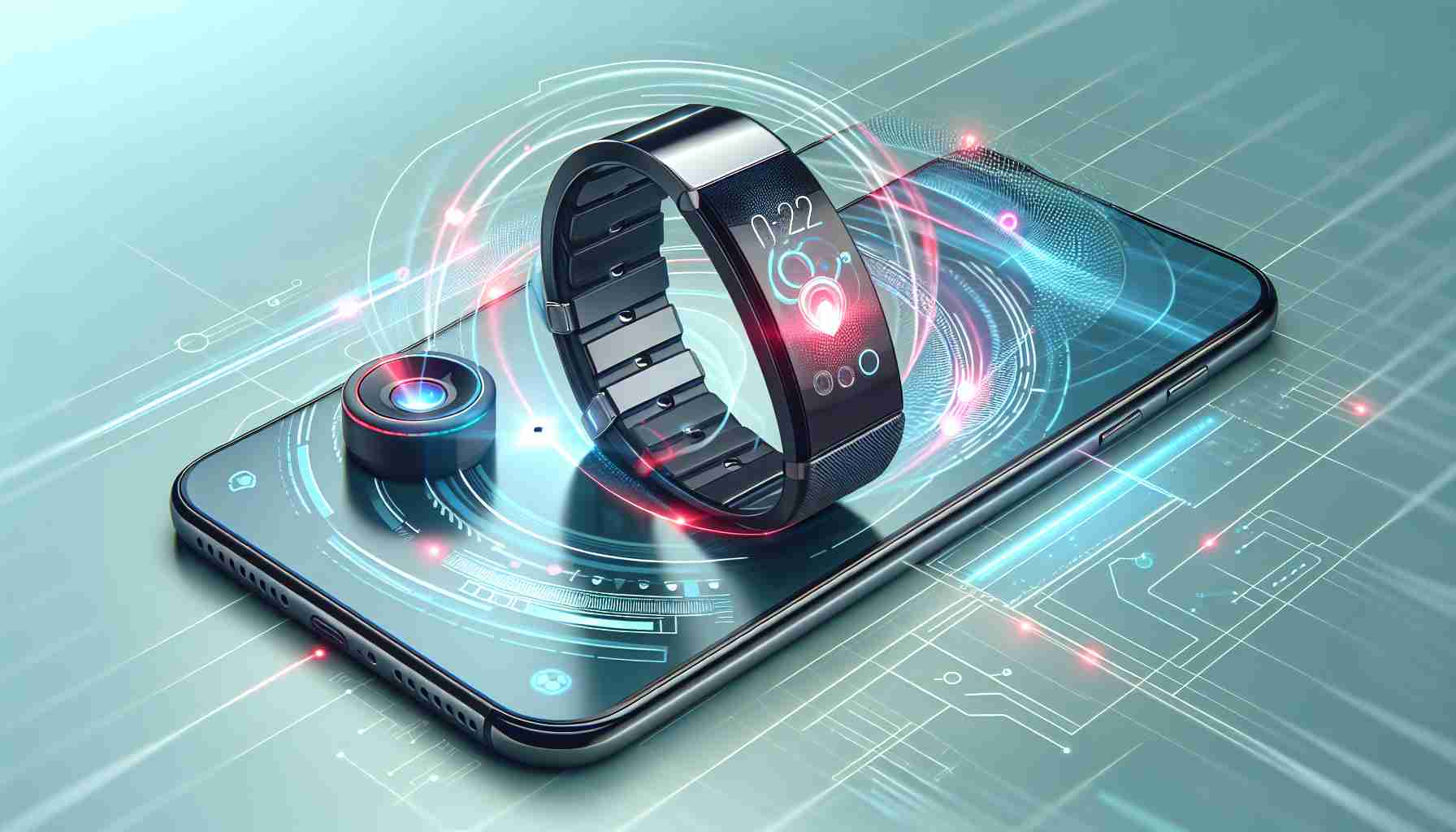In a world increasingly driven by technology, Garmin takes a leap forward with the unveiling of the Garmin Venu 4. The latest in the Venu lineup promises not only seamless integration with your smartphone but a host of features that redefine what a smartwatch can do.
The Garmin Venu 4 taps into the growing trend of smartphones and wearables working in tandem to enhance user experience. With enhanced AMOLED display technology, the Venu 4 promises vivid visibility even under sunlight, making it a versatile choice for fitness enthusiasts and everyday users alike. Moreover, its extended battery life, reportedly lasting up to two weeks on a single charge, ensures you’re always connected and informed without the frequent need for recharging.
In terms of health tracking capabilities, the Venu 4 raises the bar. It introduces advanced biometrics, including sleep staging and stress monitoring, which are more accurate than previous iterations. These improvements position the Venu 4 not just as a fitness tracker, but as a comprehensive health management tool.
What’s especially intriguing is the Venu 4’s potential as a standalone device. With built-in LTE capabilities, users could leave their phones at home during runs or quick errands, still receiving essential notifications and updates directly on their wrists.
As Garmin Venu 4 gears up for release, it represents a pivotal shift towards increased independence of wearable technology from smartphones, all while enhancing connectivity when paired. For tech aficionados, this is a significant step into the future, where wearables could rival the functionalities of our most prized handheld devices.
How Garmin Venu 4 Could Change Your Lifestyle Without a Hitch
As wearable technology evolves, the Garmin Venu 4 introduces features and conveniences that extend beyond basic health tracking, altering lifestyles and community interactions in unpredictable ways. The remarkable battery life, lasting up to two weeks, may influence users to rethink how they schedule their charging habits, ultimately offering freedom not seen in other devices.
Community Health Impact: For communities focused on improving public health, the Venu 4’s advanced biometrics, emphasizing sleep staging and stress monitoring, could be a game-changer. Health professionals may encourage community members to utilise such devices to collect more accurate data, contributing to better health outcomes with personalised insights.
However, the independence brought about by the Venu 4’s LTE capabilities is not without controversy. Is the removal of smartphone reliance truly beneficial? While many may relish the convenience of leaving their phones behind, sceptics argue it could foster a more disconnected, self-reliant attitude, potentially diminishing face-to-face interactions present in previous community gatherings.
From a global perspective, the progressive uncoupling of wearables from smartphones might also prompt technological shifts among countries. As the Venu 4 pushes the boundaries of smartphone independence, might we eventually see developing nations adopting similar advancements to bridge the digital divide? Or will this further segment technology access and affordability internationally?
Advantages & Disadvantages: Advantages include increased convenience, enhanced health monitoring, and reduced dependency on smartphones, ideal for an active lifestyle. However, disadvantages may involve over-reliance on technology and a shift away from social engagement.
For further insights into advancements in wearables and technology, visit the Garmin website.

























